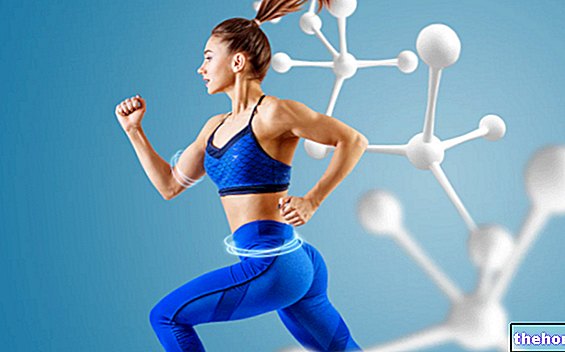Edited by Doctor Alessio Capobianco
Numerous sports are characterized by specific athletic gestures that involve repeated movements of the upper limb above the head: they are defined as a whole with the Anglo-Saxon term overhead.
The biomechanical model that assimilates these sports to each other is that of launch, performed by baseball, football and javelin players, but also affects tennis players, swimmers, volleyball players and in some exercises also gymnasts and golfers.
In overhead athletes there is a particularly high incidence of shoulder injuries, whose pathological susceptibility is linked to the intrinsic lack of static stability and the complexity of dynamic stability, which depend on its unusual anatomy and on the very extensive degrees of movement allowed. . The technical-sporting overhead gestures require a delicate balance between muscular activity and capsulo-ligamentous containment when they are performed at the extreme limits of glenohumeral mobility, with very considerable angular velocities and torsion forces; the structures of the shoulder, subjected to the repetition of these stresses, therefore easily undergo wear injuries on a micro-polytraumatic basis.
Functional factors
These include the prevailing muscle contraction modality and the importance of the demand for muscle strength, the type of kinetic chain, the importance of agonist muscle action.

In some technical gestures the antagonist musculature assumes importance, as the need for a braking effect in the phase immediately following the launch, called by the American authors, follow-through ("follow to the end"); this action is mainly carried out by means of eccentric muscular contraction and depends, in some way, on the characteristics of the thrown object which in turn influence the speed that the sportsman can impart to it.
The plyometric contraction involves a "pre-stretch-shortening" cycle; in the technical gestures of throwing or ballistic sports, the plyometric muscle contraction is exploited to obtain the desired effectiveness and the eccentric contraction is used to regulate the gesture.
The correct condition of balance and coordination between fixator muscles (or stabilizers) and agonist effectors (or motor muscles) also affects the rehabilitation or preventive training program.
The muscular action is in turn influenced by the characteristics of the object to be thrown.
The kinetic chain can be open or closed; the open chain requires the upper limb to be free from grip or support constraints.
Otherwise, as in the example of quadrupedal locomotion, or suspension on a grip, it is a closed kinetic chain; in fact, the criteria are strictly only when the limb is in support. Among the most common sports specialties with an open kinetic chain are those of swimming, among those with a closed kinetic chain there are the disciplines of artistic gymnastics and sport climbing.
The gestures in a closed kinetic chain would seem to favor the stability of the glenohumeral joint and therefore have a lower pathogenetic incidence compared to gestures carried out in an open kinetic chain.
However, if the limb is used for locomotion-support, the high weight load on the glenohumeral joint must be considered, as well as the caudo-cranial direction with which the load is applied and which can cause the subacromial impingement; an example of this condition is found in artistic gymnastics.
All launch overhead activities use the open kinetic chain, which is an increase in stability risk, compared to the closed kinetic chain.


Other articles on "Overhead" Sports Gesture: D Factors "Functional Incidence"
- "Overhead" sporting gesture: D Factors "Technical-Sporting Impact
- Sporting "overhead" gesture in different types of sports


-e-trattamento-con-il-taping-kinesiologico-.jpg)

























